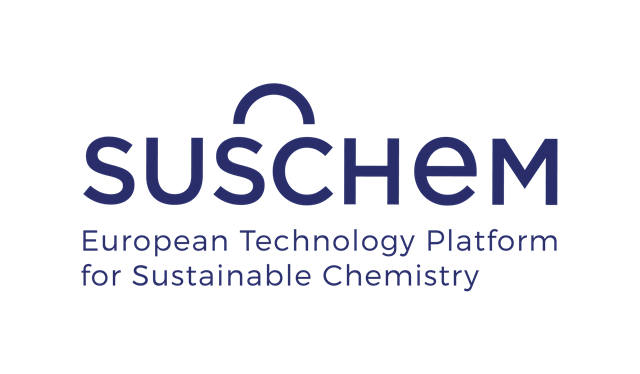This Phase 2 of the ESCSS follows up on Phase 1 launched in February 2016. This extension of the services of the ESCSS will focus on how recovery of GIEs as an alternative to fossil feedstock can be best exploited to produce sustainable chemical products.
The GIEs of interest for the extension are gases originating in combustion and exothermic process as effluent gas from energy intensive industries, such as steel or cement, and could include CO, CO2, NOX, SO2, H2 and others.
Six "Model Demonstrator Regions" were selected following the Call: Andalusia, Groningen-Drenthe, Kosice, Scotland, South and Eastern Ireland, and Wallonia.
Phase two
This Phase 2 aims to deepen the support services provided by the ESCSS. Special emphasis will be laid on the use of various GIEs as a potential feedstock for the manufacturing of sustainable chemicals in Europe for the following reasons:
- GIEs are the least developed alternative feedstock. Relatively little information exists about the economic potential of transforming GIEs into chemicals and about the impact on CO2 and other Green House Gases (GHGs) reductions
- The recovery of GIEs as an alternative feedstock for chemicals production requires new forms of cross-sectorial cooperation - industrial symbiosis - that are very different from the use of biomass or the recovery of waste.
At policy level, there is relatively little awareness about the potential of GIEs recovery and how to support the new forms of cross-sectorial cooperation that is needed to better exploit it.
The use of GIEs is challenging because of the need for a deeper integration of different industrial activities leading to industrial symbiosis. Industrial symbiosis will facilitate investments, in particular in resource efficiency, circular economy and energy infrastructure.
Recovery of GIEs is also a challenge in terms of ecological and economic viability; there is therefore a need for deeper reflection on this issue, taking into account policy objectives, such as, strengthening Europe's industrial base, ensuring the security of feedstock supply and further implementation of European policies related to climate change.
Potential IPCEI
In addition the Commission is supporting the elaboration of a potential Important Project of Common European interest (IPCEI), which engages major players from several Member States and companies from various industry sectors to speed up the transformation of CO2 into value for a rejuvenated European economy and to gain global technology leadership in clean technologies.
This potential IPCEI will be designed as a transnational integrated project across public and private sectors that can propel Europe to global leadership in the transformation of CO2 into value-added products and services. The Commission has already hosted a workshop as well as informal meetings with Member States and industrial stakeholders involved in the elaboration of this IPCEI project. The results from this discussion are being used by the Commission to develop new ideas on how to further promote the concept of the circular economy in the specific field of GIEs.
The overall objective of ESCSS Phase 2 is to prepare a road map that aims at valorising the concept of recovery of GIEs in Europe as alternative to fossil feedstock to produce sustainable chemicals. This will also contribute to the industrial policy objective of modernising EU manufacturing industries and enabling industrial symbiosis in Europe, and further implementation of the Circular Economy Action Plan.
























